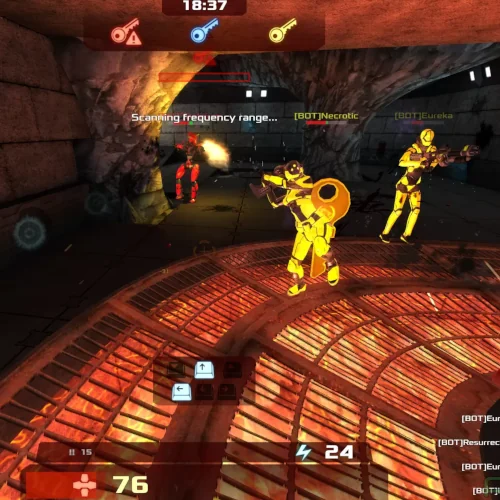"The Finals" Can Run With Intel Graphics On Linux When Hiding The Fact It's An Intel GPU

When launching The Finals on Linux with Intel Arc Graphics using the default DirectX 12 renderer, it was reported that the game is stuck at a black screen for Intel Arc Graphics and then simply closes... Well, it's an easy fix and one that has come up before.
The issue is due to The Finals using Intel's XeSS upscaling tech but that not behaving well on Linux. The Windows game sees Intel graphics are being utilized and by default tries to leverage XeSS. So similar to the situations with Diabo IV, Hogwarts Legacy, and Cyberpunk 2077, Intel Arc Graphics on Linux can run The Finals when concealing the fact that it's Intel graphics inside.
Setting the "force_vk_vendor=-1" environment variable can be used for concealing the graphics vendor or with Mesa Git is now the configuration change to apply this behavior out-of-the-box for the game. The Finals uses a binary called "Discovery.exe" as a rather common binary name so hopefully this won't cause issues with any other software out there. That patch is also marked for back-porting to the Mesa 23.3/24.0 stable series.
So if you've been wanting to play The Finals with Intel graphics on Linux, now you know. Hopefully Intel XeSS will be eventually supported on Linux or at least work nicely for Windows games on Steam Play.
18 Comments

